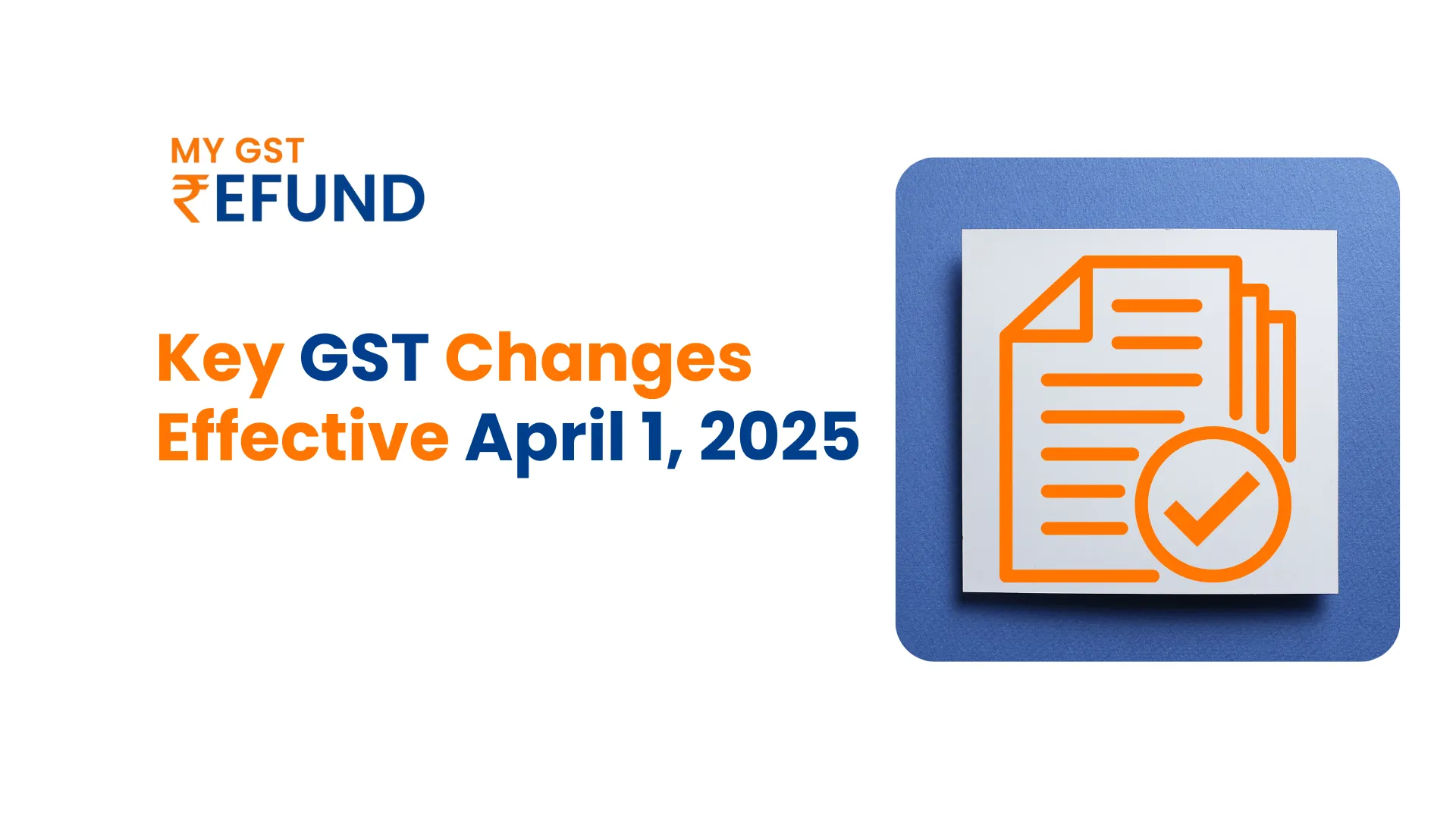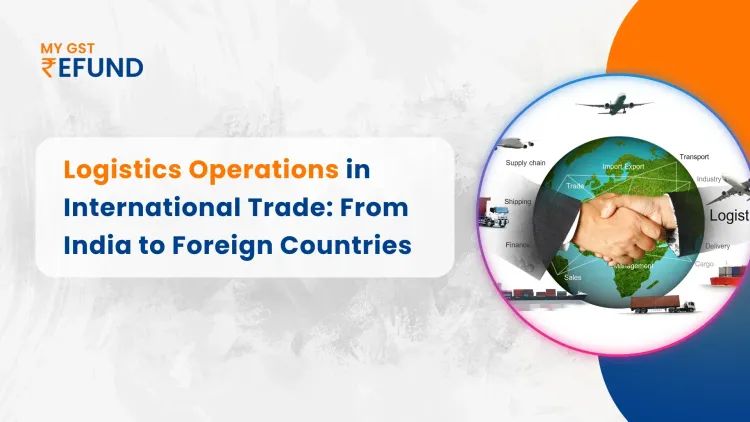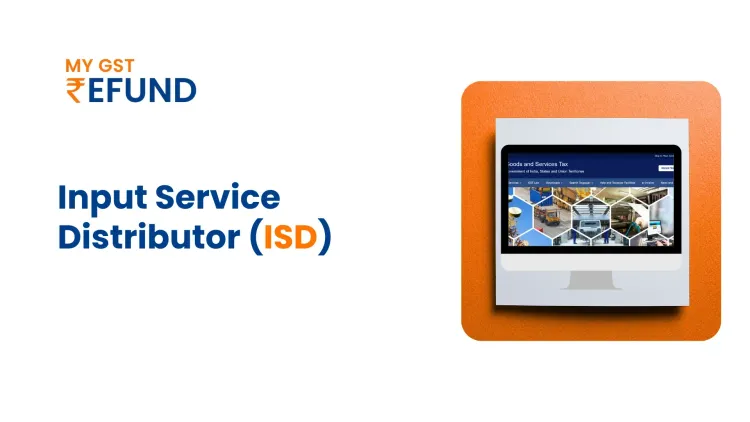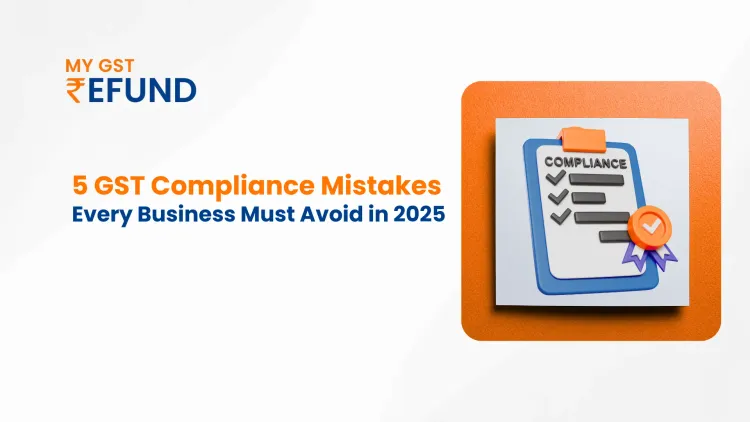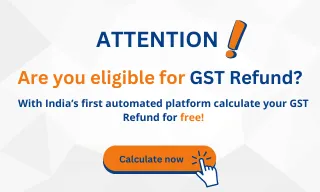Key GST Changes Effective April 1, 2025 – Compliance Updates
With a view to facilitating tax compliance and transparency, the Indian government has announced certain major changes in the GST system, which will become applicable from April 1, 2025. These amendments impact businesses across sectors and introduce severe compliance requirements, changes in GST rates, and new schemes to relieve the tax burden. Here are the main changes in detail.
1. Mandatory Input Service Distributor (ISD) Registration
Companies with several GST registrations linked to the same Permanent Account Number (PAN) must now register as an Input Service Distributor (ISD). This phase guarantees the correct distribution of Input Tax Credit (ITC) for shared services. Failure to adhere to this mandate could result in penalties and rejection of ITC claims, making it crucial for impacted businesses to finalize their ISD registration promptly.
2. Revised E-Invoice Reporting Requirements
To enhance compliance with electronic invoicing, taxpayers with an Aggregate Annual Turnover (AATO) exceeding ₹10 crore must report their e-invoices within 30 days of issuance. For example, an invoice issued on April 1, 2025, must be reported by April 30, 2025. Delayed submissions will be rejected by the Invoice Registration Portal (IRP), which could impact the taxpayer’s ITC claims and compliance rating.
3. GST Rate Adjustments
Various industries would be subjected to changes in GST rates, which significantly affect their pricing and compliance requirements.
- Used Car Sale: The GST has increased on the sale of second-hand vehicles from 12 to 18%. This creates more expensive cars for buyers in the pre-owned car market and reduced dealer margins.
- Hotel Industry: The idea of "declared tariff" has been abolished. GST on hotel accommodations is now charged according to the actual amount charged from the customers. Further, hotels that charge Rs 7,500 and above per unit/day would be treated as "specified premises," charging 18% GST on restaurant services, with ITC benefits to eligible businesses.
4. Implementation of New Invoice Series and Turnover Calculation
Compliance and record-keeping should be maintained properly, so it is recommended that businesses start with a fresh invoice series from April 1, 2025. Furthermore, an accurate calculation of the turnover will allow for determining any pertinent obligations concerning GST registration, Quarterly Return Monthly Payment (QRMP) Scheme eligibility, and e-invoicing requirements. Hence, it would be prudent for businesses to evaluate their annual turnover and align their compliance strategies accordingly.
5. GST Waiver Scheme 2025
The GST Waiver Scheme 2025 was introduced as a relief measure for businesses that have outstanding tax dues. Businesses that clear all their tax liabilities up to March 31, 2025, will be able to apply for a waiver under schemes SPL01 or SPL02. The application window for this waiver will open for three months after the date of implementation.
Implications for Businesses
The intent of these amendments is to make GST compliance more stringent, augment anti-tax evasion measures, and make the tax regime more transparent. Thereby, the businesses in all niches must realize what they have to do to stay compliant and legalize tax planning.
Experts recommend that businesses consult their tax advisors, update their invoicing systems, and re-evaluate their pricing structures to align with the new GST framework. Staying proactive will help organizations avoid penalties and maximize tax benefits.
For more updates on GST compliance and tax advisory services stay connected with MyGST Refund. Need help with your GST compliance? Contact us today!
Related Posts




